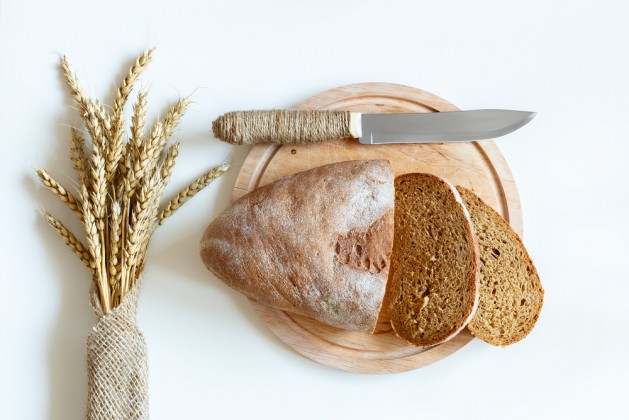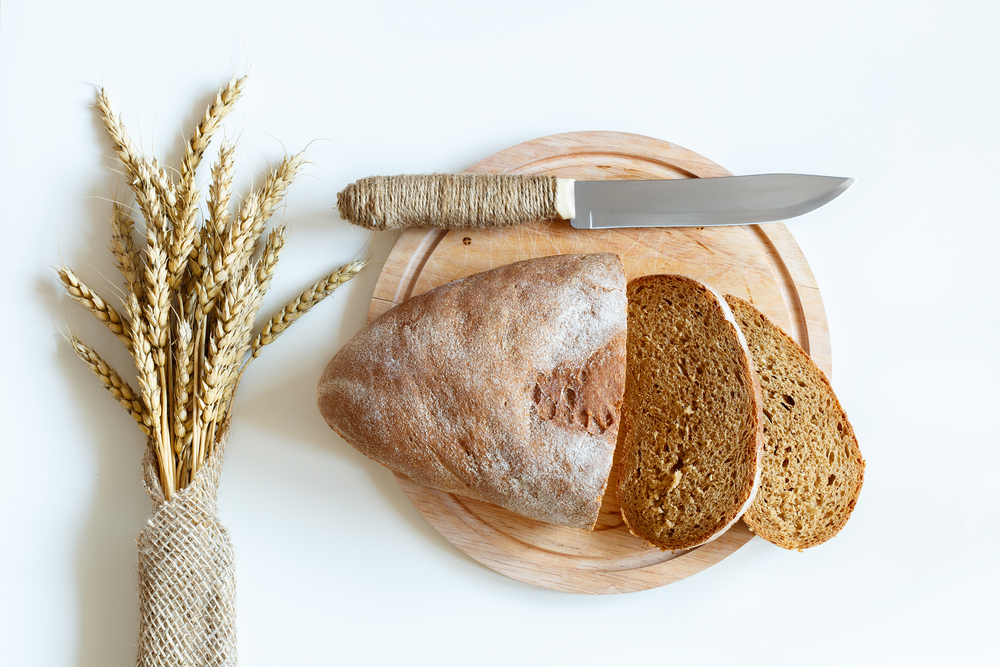
In honor of National Homemade Bread Day, it’s crucial to learn a few of these tips to perfecting your own homemade bread recipe. Whether you’re prepping for Thanksgiving or testing out a new family favorite, making bread at home doesn’t have to be stressful or as time-consuming as it might sound.
With so many types of bread to choose from, there’s truly a recipe for everyone out there. From a simple loaf to complicated sourdough starters, you’ll never fail with these homemade bread tips!
Yeast is your friend
Yeast is the cornerstone to most bread recipes and perhaps the most precarious ingredient as well. Treat it right and yeast will become your new best friend! Yeast is the special ingredient in bread that helps the dough rise, giving a soft and fluffy texture once baked. It needs a few steps to activate or “proof” before it can be mixed in with the dry ingredients: first, it must be mixed with warm (not hot!) water and second, honey should be added. The warm water and honey provide the perfect atmosphere for yeast to activate from tiny granules into a light, bubbly carbon dioxide-emitting substance. Follow recipe instructions to find your exact measurements, add the ingredients, and give them a few thorough stirs. Wait about five minutes and voila! The yeast is ready for action!
Tip: it’s much cheaper to buy yeast in bulk on Amazon. This Distiller’s Yeast is extra powerful!
Go easy on the flour
Your dough might look sticky, but don’t fret. A common mistake amongst novice homemade bread makers is to keep adding flour until the dough doesn’t stick anymore. If you’ve followed the directions in your recipe, relax! If you keep adding flour, you’ll end up with a dense loaf as opposed to a light and airy treat. A standard ratio of dry ingredients to wet is 2:1, so for one cup of yeasty water you’ll add two cups of flour.
Tip: using bread flour, instead of all-purpose, truly makes a difference! The 13% protein content of bread flour works perfectly with yeast, creating more gluten and a better rise.
Give it time
After you’ve added the ingredients and kneaded the dough according to the recipe, it’s time to let it rest. This is where many people have a hard time—think of it as a lesson in delayed gratification. Kneading the dough is what creates the gluten that helps the dough rise, so once you’ve completed the process, the dough must have time to rise. While most recipes call for two rising periods, there are two schools of thought on whether the dough should rise in a warm or room temperature environment. On one hand, dough rises more quickly in warmth (remember the yeast from point number one?). On the other, a longer rising period means a more developed flavor. Choose your own adventure, place the dough in a bowl, cover it with a damp cloth, and let it sit.
Tip: oil your bowl before adding the dough. Even if the recipe doesn’t call for fat, this negligible amount of oil will come in handy for two reasons: the dough will come out of the bowl easier and the top of the dough won’t develop a strange crust from exposure to oxygen.
Presentation matters
Those elegant slash marks on bakery bread aren’t just for show—they actually serve a purpose! Slicing the bread before baking determines the rising pattern (ever had a weird bubble pop up in pizza crust?).
Tip: try angled parallel slashes for baguette, a tic-tac-toe pattern for a round loaf, or one long cut down the middle of a sandwich loaf.



